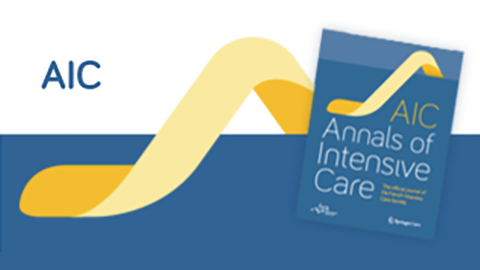17/05/2021


Source
Abstract
Background
The administration of epinephrine in the management of non-traumatic cardiac arrest remains recommended despite controversial effects on neurologic outcome. The use of resuscitative endovascular balloon occlusion of the aorta (REBOA) could be an interesting alternative. The aim of this study was to compare the effects of these 2 strategies on return of spontaneous circulation (ROSC) and cerebral hemodynamics during cardiopulmonary resuscitation (CPR) in a swine model of non-traumatic cardiac arrestResults
Anesthetized pigs were instrumented and submitted to ventricular fibrillation. After 4 min of no-flow and 18 min of basic life support (BLS) using a mechanical CPR device, animals were randomly submitted to either REBOA or epinephrine administration before defibrillation attempts. Six animals were included in each experimental group (Epinephrine or REBOA). Hemodynamic parameters were similar in both groups during BLS, i.e., before randomization. After epinephrine administration or REBOA, mean arterial pressure, coronary and cerebral perfusion pressures similarly increased in both groups. However, carotid blood flow (CBF) and cerebral regional oxygenation saturation were significantly higher with REBOA as compared to epinephrine administration (+ 125% and + 40%, respectively). ROSC was obtained in 5 animals in both groups. After resuscitation, CBF remained lower in the epinephrine group as compared to REBOA, but it did not achieve statistical significanceConclusions
During CPR, REBOA is as efficient as epinephrine to facilitate ROSC. Unlike epinephrine, REBOA transitorily increases cerebral blood flow and could avoid its cerebral detrimental effects during CPR. These experimental findings suggest that the use of REBOA could be beneficial in the treatment of non-traumatic cardiac arrest.Liens article
©2021 The Author(s)